Understanding Fish Feeding Times and Behavior
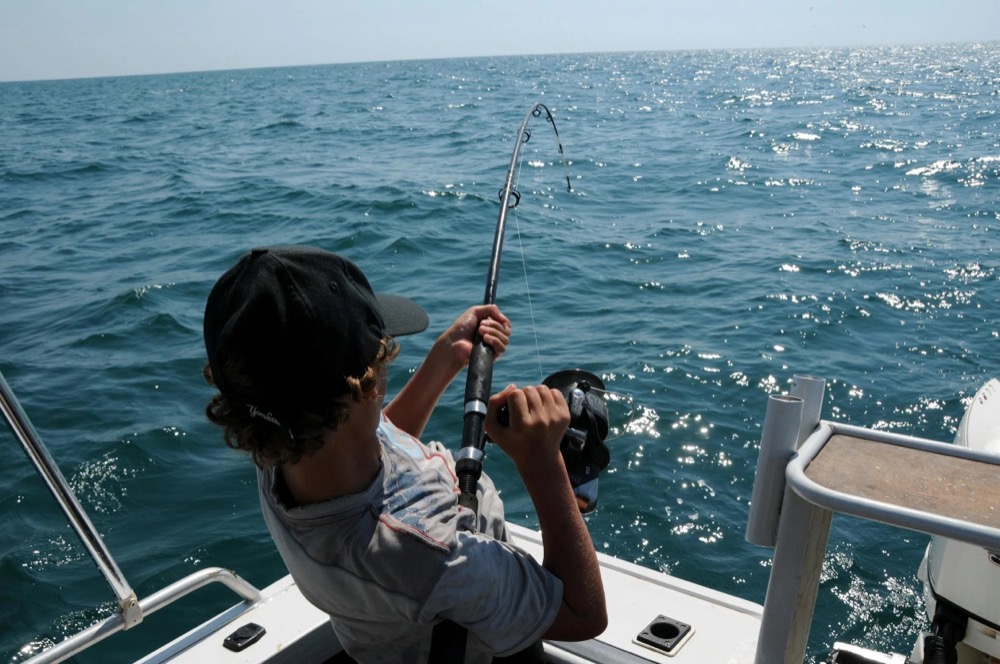 Image Credit: Pexels
Image Credit: Pexels
Knowing when fish are most likely to feed can greatly improve your chances of a successful catch. Fish feeding patterns are influenced by various factors, from daily cycles to seasonal changes. Let's explore the key elements that affect fish feeding behavior and how you can use this knowledge to your advantage.
Daily Feeding Patterns of Different Fish Species
Fish species have unique feeding habits that often follow a daily pattern. Many fish are most active during dawn and dusk, while some species like bass may seek shade and feed less during bright sunlight. Certain fish, such as catfish, are more active feeders after dark.
| Fish Species | Peak Feeding Times |
|---|---|
| Snook | Early morning, late evening |
| Redfish | Throughout the day, especially during tide changes |
| Trout | Dawn and dusk |
Influence of Lunar Cycles on Fish Feeding Habits
- Full moon: Often increases nighttime feeding activity
- New moon: Can lead to more active daytime feeding
- Moon phases also influence tides, which in turn affect feeding patterns
Seasonal Changes in Fish Feeding Behavior
As seasons change, so do fish feeding habits. In spring, there's increased feeding as water warms and spawning begins. Summer sees early morning and late evening feeding to avoid midday heat. Fall brings heightened feeding to prepare for winter, while winter shows reduced feeding activity in colder waters.
Impact of Water Temperature on Feeding Activity
Water temperature plays a crucial role in fish metabolism and feeding. Warmer water generally increases feeding activity, but each species has an optimal temperature range. Sudden temperature changes can temporarily reduce feeding.
| Water Temperature | Fish Activity |
|---|---|
| Below 50°F | Sluggish, minimal feeding |
| 50°F - 65°F | Increased activity, moderate feeding |
| 65°F - 75°F | Optimal for many species, active feeding |
| Above 75°F | Very active, frequent feeding (species dependent) |
Role of Light Levels in Triggering Feeding Times
Light levels can significantly influence when fish choose to feed. Low light conditions often trigger feeding activity, while bright sunlight may push some fish to deeper, shadier areas. Cloudy days can extend feeding periods for some species.
Influence of Tides on Coastal and Estuarine Fish Feeding
- Incoming tides often bring food, triggering feeding activity
- Outgoing tides can concentrate bait fish, attracting predators
- Slack tide periods may see reduced feeding in some species
Tips for Timing Your Fishing Based on Feeding Behavior
To make the most of your fishing trips, consider these tips:
- Research the specific feeding habits of your target species
- Pay attention to tide charts and plan your trips accordingly
- Consider the season and adjust your fishing times
- Monitor water temperatures to predict fish activity
- Use moon phases to your advantage, especially for night fishing
Understanding fish feeding times and behavior can significantly improve your fishing success. By considering factors like daily patterns, lunar cycles, seasons, water temperature, light levels, and tides, you can better predict when fish are most likely to bite.
For an expert-guided fishing experience that takes all these factors into account, book a charter with AMI Saltwater Adventures. Our guides understand local fish behavior and can help you make the most of your time on the water. Contact us or call 941-812-1053 to plan your next fishing trip tailored to peak feeding times!
‹ Back
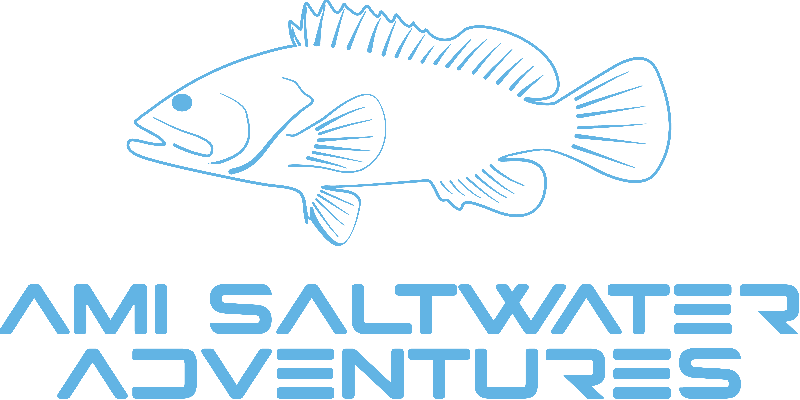

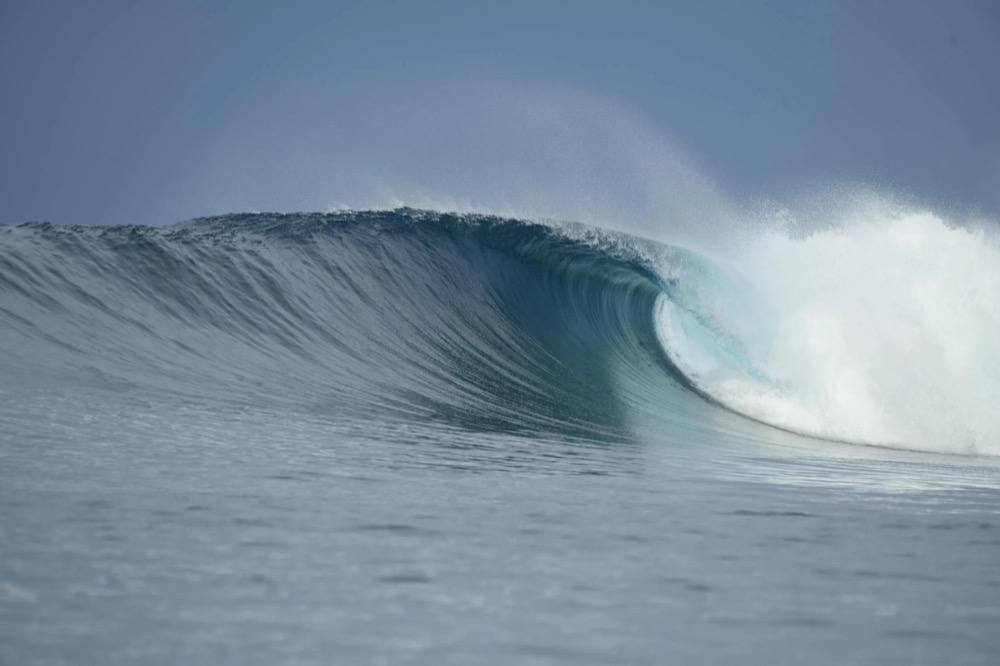
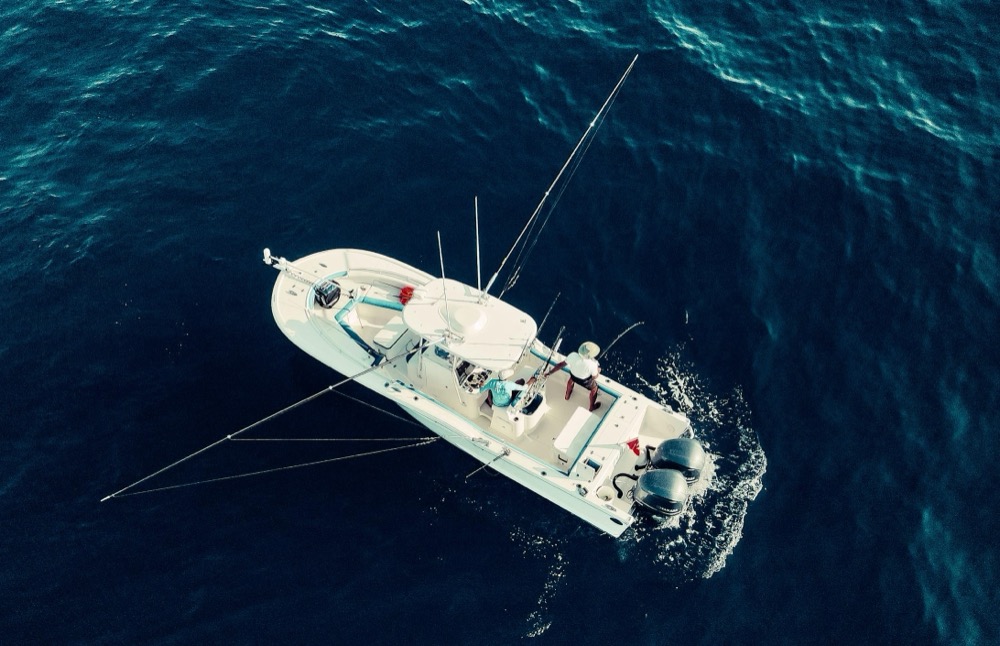
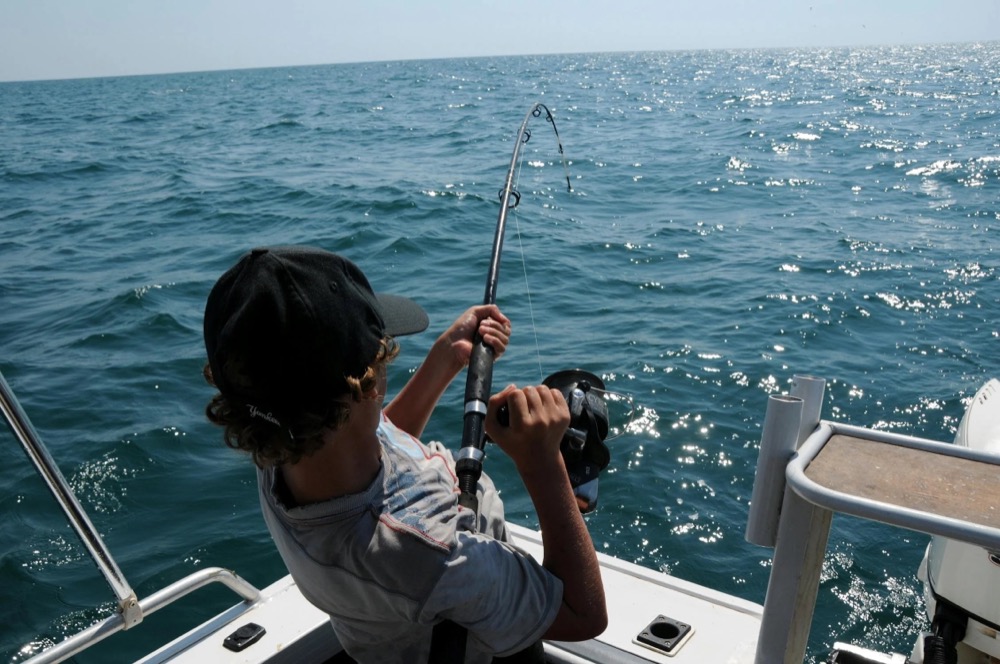
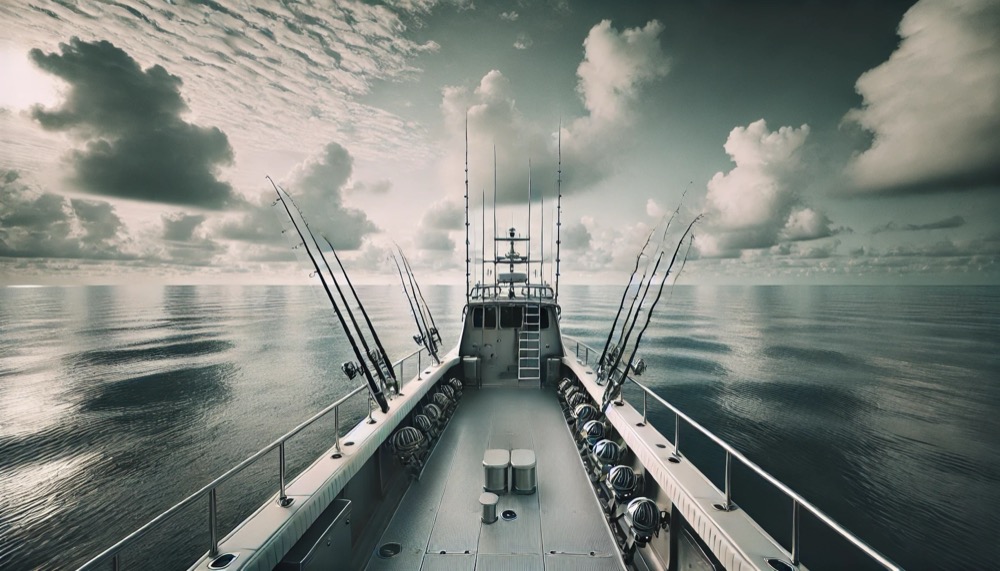
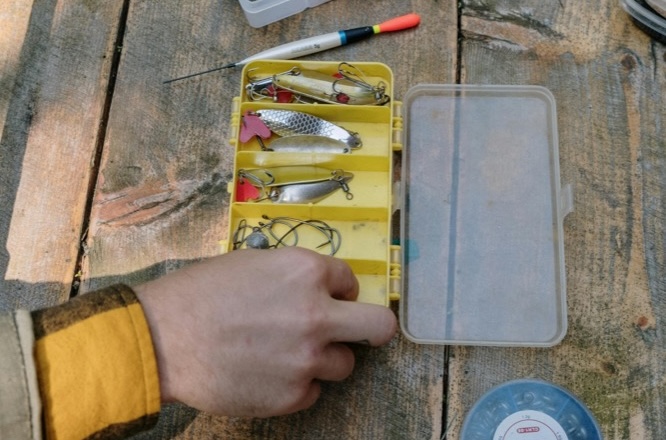
.png)